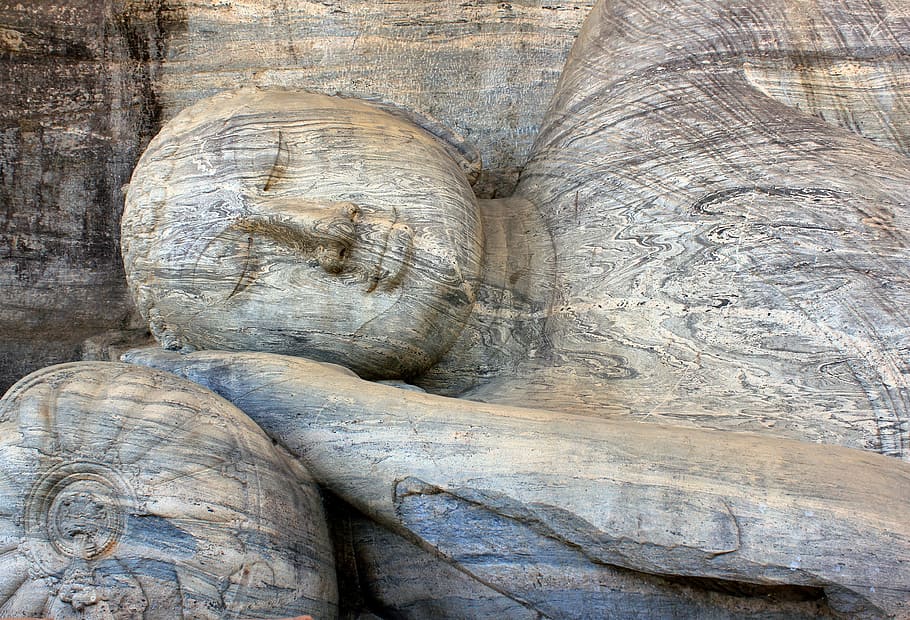What is the role of the textbook in today’s university classroom? Chris Cotter’s interview with Paul Hedges implicitly raises this question as they discuss the impetus for creating a new textbook, Hedges’ Understanding Religion; Theories and Methods for Understanding Religiously Diverse Societies (U California Press, 2021). For students, the textbook is often the authority, information to consume and about which they will be assessed. While scholars discuss alternate pedagogical styles, that assumption of textbook authority is common among many of the students in my classroom. For professors, the textbook can be a similar authority, providing the information that they reiterate, clarify, and expand in class sessions.
At times in religious studies, the textbook, rather than an authority, becomes a foil, a discussion of religion that students and the professor alike challenge in class sessions. This has been my experience with teaching “Religions of the World” in the past. Like Hedges, the available textbooks have not coordinated with my strategy in the classroom. The problems with a textbook as a foil, as some students continue to see it as the authority, has led me to work on a new textbook, co-authored with Leslie Dorrough Smith (Professor at Avila University), which has prompted me to reflect a lot on the role of the textbook.
As Hedges and Cotter discuss in the podcast, in the contemporary age of smartphones, Google, and digital libraries, where so much information is available online, we should look at textbooks and pedagogy differently. Our primary goal in the classroom study of religion needs to shift from presenting information to training students to think critically about the information that they come across. As Hedges notes, we cannot include everything in one book or one semester (or even one undergraduate career), and students seldom retain all of that information after the test. They will, though, Google questions (in class and out), so developing their skills to think critically about the sources of the information, the perspectives that the information reflects, and the choices made in presenting it is our most important task.
This approach enables a critique of the World Religions Paradigm within a Religions of the World textbook. A portion of our discussion highlights the selections in creating the textbook as well as the contestation and interests informing the construction of each religion as a separate “tradition”. Hedges’ example of Vishnu, commonly identified as a Hindu deity, serving as a protector for Sri Lankan Buddhists no longer becomes an anomaly, a problem to be explained as “syncretism,” but becomes one of many cracks in the façade of the World Religions Paradigm, which is an effort to construct distinct religions out of the abundance of practices and ideas that exist in the world, not a straightforward description of distinct religions like Hinduism and Buddhism that simply exist out in the world.
With this strategy in mind, the textbook should not present itself as the singular authority but make explicit the choices made in constructing it and the implications of those choices. In our Religions of the World textbook, we present four different representations of each religion and then analyze the choices made in each representation and how each functions to benefit some and, of course, marginalize others. Moreover, the conclusion of each religion’s chapter does not tie the loose ends of the multiple representations together to resolve the conflict with an authoritative conclusion. Instead, the chapters allows those conflicts to remain, undermining any sense that the introductory student now “knows” this religion. The extension of what Hedges discusses, in this vein, is a humility in the textbook, that it is no longer the final authority, and a similar humility for the professor, as J. Z. Smith asserted in “The Necessary Lie: Duplicity in the Disciplines”, to let students in on the choices and simplifications that produce the “mysterious objects” we discuss in our classes. This approach reflects Hedges’ notion of critical, asking who selects what elements and who receives the advantage in any discussion of the topic, connects with our strategies.
This approach, thus, infuses postcolonial critiques throughout the course, “weaving through everything” as Hedges recommends, rather than condensing Orientalism into a separate week. Recognizing the multiplicity of representations possible and the assumptions and functions informing different representations of religion de-centers dominant constructions of religion and individual religions. When we stop taking certain received ideas as the given, we open up our research and our teaching to the voices that disagree with those received ideas or construct their world differently. These critical strategies are important to be applied broadly, as marginalized voices can also function to marginalize others. Trading the voice of a colonizing scholar for the voice of an insider “leader” (who has their own agency to present things in a manner favorable to their interests) still leaves the majority marginalized. Helping students ask these critical questions about the assertions of leaders, scholars, and others is a step towards resisting the historical and contemporary problems in the construction of knowledge related to religious studies.



